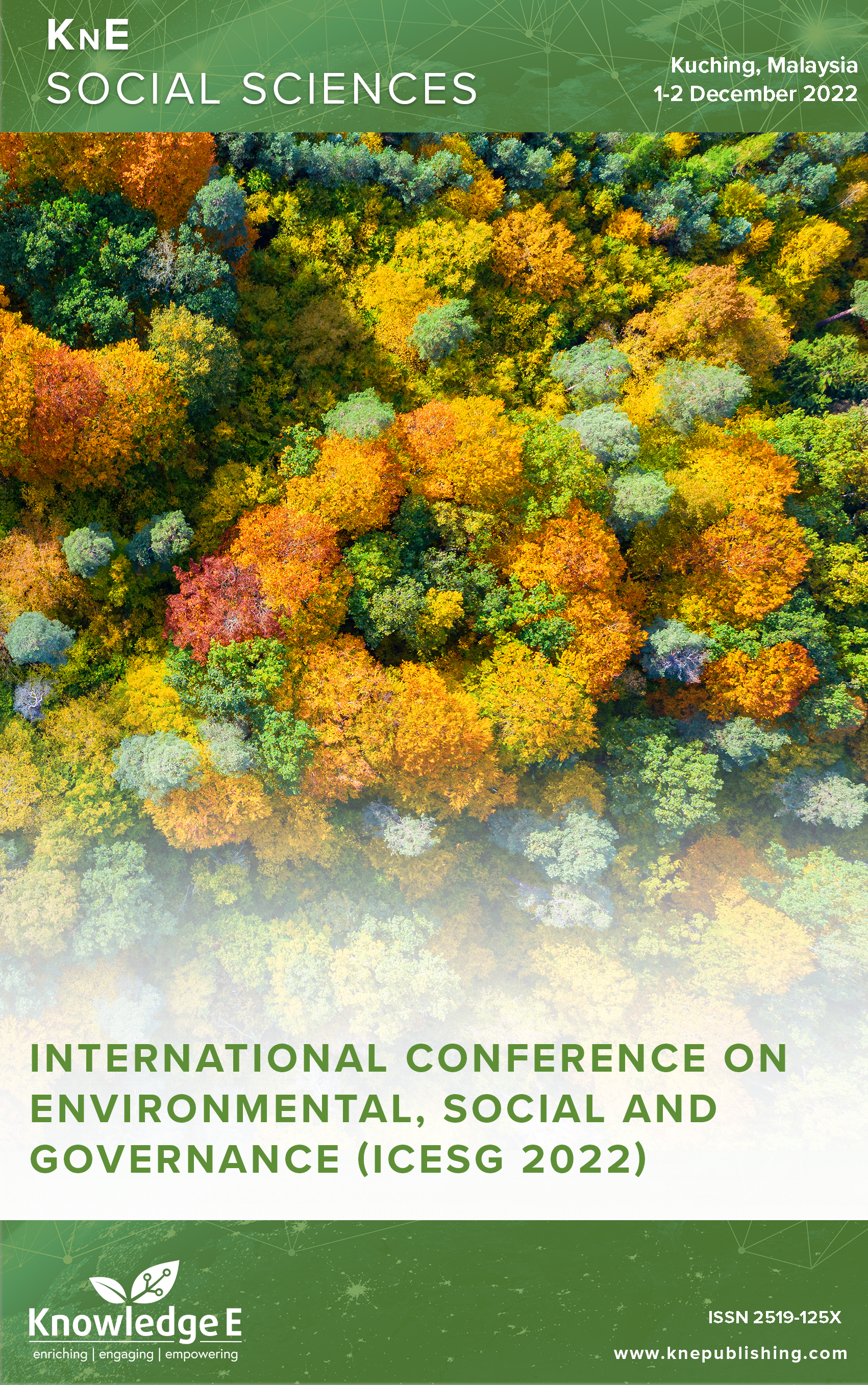The Impact of COVID-19 on Packaging Design and Production: A Case Study
DOI:
https://doi.org/10.18502/kss.v8i20.14620Abstract
The COVID-19 pandemic was one of the biggest challenges in recent history that affected all aspects of socio-economic life, as well as the ecological environment of our planet. Before the pandemic, the packaging industry captured the interest of governments because of their commitments regarding designs for sustainability. These commitments intended to reduce single-use plastic packaging, increase the use of recyclable materials, and use eco-friendly materials. The crisis, however, has negatively impacted, and changed these priorities. The aim of this study is to provide an overview of the changes in packaging design and production during the COVID-19 pandemic, focusing on a case study in the food packaging industry. A secondary data analysis method was conducted to collect information for the process of comparing and evaluating the factors affecting the change of this industry, and a case study was conducted for the food packaging sector. The obtained research results showed that these companies had the ability to improvise in the context of the COVID-19 pandemic, and suggesst a potential model in order to solve urgent problems in the new context.
Keywords: packaging design, design for sustainability, COVID-19 pandemic, case study analysis
References
[2] Brian DJ, Mark T. The Routledge companion to marketing history. (P7127). Routledge. 2016.
[3] Chen SJ, Chen SM. Fuzzy risk analysis based on the ranking of generalized trapezoidal fuzzy numbers. Applied Intelligence. 2007;26(1):1–11.
[4] Chua D. New wave of choreographers. New Straits Times. 2014:7.
[5] Emblem A, editor. Packaging technology: Fundamentals, materials and processes. Elsevier. 2012. https://doi.org/10.1533/9780857095701
[6] Gomez MM, Sierra JMC, Jabaloyes J, Zarozo M. A multivariate method for analyzing and improving the use of student evaluation of teaching questionnaires: A case study. Quality & Quantity. 2010. https://doi.org/10.1007/s11135-010-9345-5
[7] Gourmelon G. Global plastic production rises, recycling lags. Vital Signs (NY NY). 2015;22:91–5.
[8] GreenBlue. Definition of sustainable packaging. The Sustainable Packaging Coalition (SPC). Version 2.0. 2011.
[9] Guillard V, Gaucel S, Fornaciari C, Angellier-Coussy H, Buche P, Gontard N. The next generation of sustainable food packaging to preserve our environment in a circular economy context. Frontiers in Nutrition. 2018 Dec;5:121.
[10] Gunkel M. Guidelines for academic writing. http://www.im.ovgu.de/im_media/ downloads/examinations/academic_paperwriting_MG.pdf.2008 [cited 2014 Feb 20].
[11] Holland M, Zaloga DJ, Friderici CS. COVID-19 Personal Protective Equipment (PPE) for the emergency physician. Visual Journal of Emergency Medicine. . 2020 Apr;19:100740. Availablefrom: https://ec.europa.eu/environment/international_issues/pdf/01-06%20- %20Mushtaq%20Ahmed.pdfhttps://www.sciencehistory.org/the-history-and-futureof- plastics
[12] Kahraman C, Cevi S, Ates NY, Gulbay M. Fuzzy multi-crieria evaluation of industrial robotic systems. Computers & Industrial Engineering. 2007;52(4):414433.
[13] Klimchuk MR, Krasovec SA. Packaging design: Successful product branding from concept to shelf. 2nd ed. Marianne Rosner. 2013.
[14] Lebreton L, Andrady A. Future scenarios of global plastic waste generation and disposal. Palgrave Communications. 2019;5(1):1–11.
[15] Lewis H, Fitzpatrick L, Verghese K, Sonneveld K, Jordon R. Sustainable packaging alliance. Sustainable packaging redefined. Melbourne, Australia: Sustainable Packaging Alliance. 2007.
[16] Lopez-Rubio A, Almenar E, Hernandez-Muñoz P, Lagarón JM, Catalá R, Gavara R. Overview of active polymer-based packaging technologies for food applications. Food Reviews International. 2004;20(4):357–387.
[17] Ma X, Park C, Moultrie J. Factors for eliminating plastic in packaging: The European FMCG experts’ view. Journal of Cleaner Production. 2020;256:120492.
[18] Mushtaq AM. COVID-19 sustainable lifestyles for plastics and packaging waste management during a pandemic. Healthier and happier society. UNEP Asia and the Pacific. 2019.
[19] Parashar N, Hait S. Plastics in the time of COVID-19 pandemic: Protector or polluter? Science of the Total Environment. 2021 Mar;759:144274.
[20] Plastics – the facts. An analysis of European plastics production, demand and waste data. PlasticsEurope Deutschland e. V. and Messe Düsseldorf. Plastic Soup Foundation. 2019. https://www.plasticsoupfoundation.org/en/2017/07/the-worlds-populationconsumes1- million-plastic-bottles-every-minute/
[21] Prata et al. COVID-19 pandemic repercussions on the use and management of plastics. 2020. https://doi.org/10.1021/acs.est.0c02178
[22] Ramli N, Mohamad D. On the Jaccard index with degree of optimism in ranking fuzzy numbers. Huller Meier E, Kruse R, Hoffman F, editors. Information processing and management of uncertainty in knowledge-based system application. New York: Springer. 2010:383–91.
[23] Yin RK. Case study research design and methods. Thousand Oaks (CA): Sage. 2014:282.
[24] Yin RK. Case study research design and methods. Thousand Oaks (CA): Sage. 2014:282.
[25] Robertson GL. Good and bad packaging: Who decides?International Journal of Physical Distribution & Logistics Management . 1990;20(8):37–40.
[26] Rooney ML. Active packaging in polymer films. Active food packaging. Boston (MA): Springer. 1995:74–110.
[27] Rosen KH. Discrete mathematics and its applications. New York: Random House, Inc. 1988.
[28] Savelli CJ, Mateus C. Looking inside the international food safety authorities network community website. Journal of Food Protection. 2020 Nov;83(11):1889–1899.
[29] Sonneveld K, James K, Fitzpatrick L, Lewis H. Sustainable packaging: How do we define and measure it. 22nd IAPRI Symposium. 2005 May:1-9.
[30] Twede D. History of packaging. The Routledge Companion to Marketing History. Routledge. 2016:115-130. https://doi.org/10.4324/9781315882857-7

